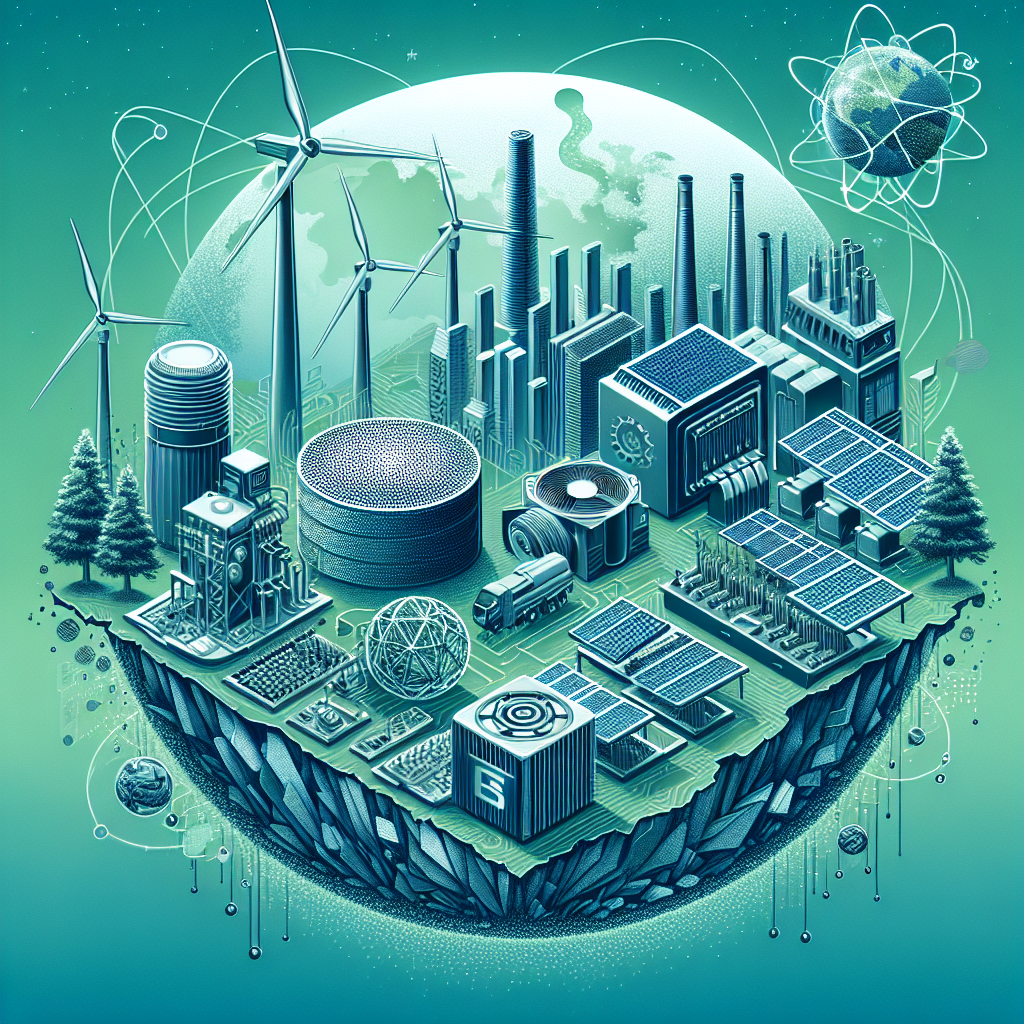Blog Ecobraz Eigre

Sustainable disposal of cryogenic and advanced electronic components
Introduction to Sustainable Disposal
Technological advances have driven the growing use of cryogenic and advanced electronic components in various industrial and scientific sectors. The disposal of these materials requires specific care to minimize environmental impacts and ensure process safety. Sustainability seeks to integrate responsible practices into the life cycle of these components, from use to final disposal.
Characteristics of Cryogenic Components and Advanced Electronics
Cryogenic components are those used at extremely low temperatures, involving sensitive materials and specialized equipment. Advanced electronics, on the other hand, include integrated circuits, chips, sensors and other devices that contain precious metals, chemical substances and composite materials. These materials can be hazardous to the environment and health if disposed of improperly.
Challenges in Disposing of These Materials
The improper disposal of cryogenic components can release hazardous substances, such as refrigerant gases or cryogenic fluids, causing atmospheric contamination and explosion risks. In electronic components, heavy metals and toxic materials can contaminate the soil and groundwater. Another challenge is the complexity of separating and reusing the different materials contained in this equipment.
Sustainable Practices for Disposing of Cryogenic Components
To ensure the sustainable disposal of cryogenic components, the collection and proper treatment of waste fluids and materials is essential. The reuse and regeneration of certain cryogenic materials should also be explored, reducing the extraction of natural resources. The implementation of safety protocols and specific environmental standards is crucial to avoid accidents and minimize harmful emissions.
Recycling and Reuse in Advanced Electronic Components
The recycling of advanced electronic components involves processes such as manual disassembly, chemical separation and the correct disposal of metals and compounds. The recovery of precious metals such as gold, silver and palladium is economically viable and environmentally necessary. In addition, the reuse of parts can increase the useful life of equipment and reduce the volume of electronic waste.
Technological Innovations to Facilitate Sustainable Disposal
New technologies are being developed to improve the sustainable disposal of these components, including bio-recycling techniques, advanced separation methods and the use of biodegradable materials to replace conventional components. These innovations allow for more efficient, safer and less environmentally aggressive processes.
Environmental and Social Impact of Responsible Disposal
The sustainable disposal of cryogenic and advanced electronic components contributes to reducing pollution, conserving natural resources and protecting biodiversity. Socially, it promotes public health by preventing contamination and exposing the population to chemical hazards. In addition, it encourages the circular economy and creates jobs in the recycling sector.
Conclusion
Properly managing the disposal of cryogenic components and advanced electronics is essential to ensure environmental sustainability and the safety of technological processes. The adoption of sustainable practices, combined with technological innovations, makes it possible to minimize negative impacts, degrading the environment less and promoting a more responsible and conscious future.

Deixe um comentário
O seu endereço de e-mail não será publicado. Campos obrigatórios são marcados com *